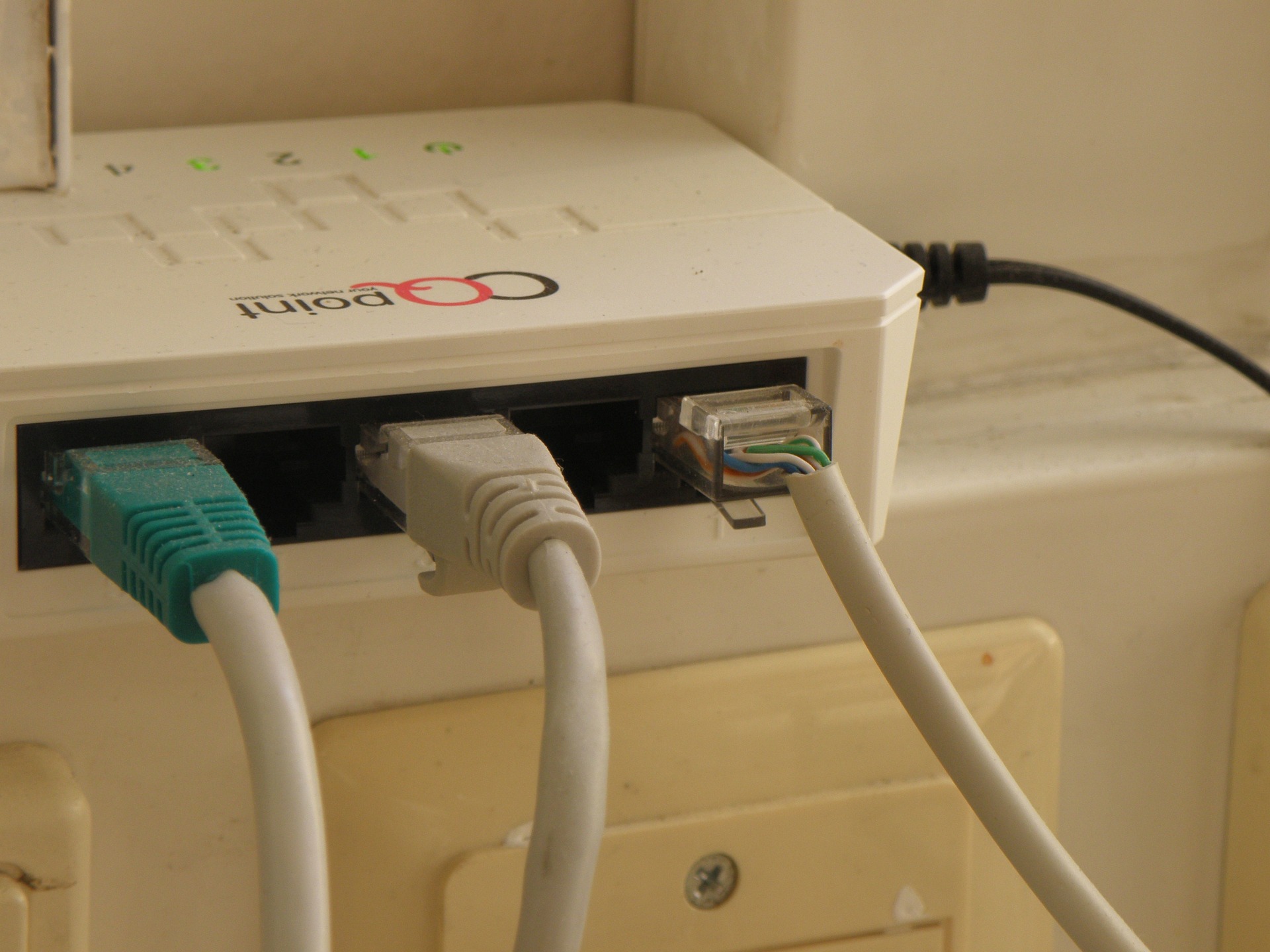The Untold Story of Telecom Towers: A Vital Backbone of Connectivity
Telecommunication towers may not be the most glamorous aspect of the digital era, yet they are fundamental to maintaining our connected world. These towering structures are the unsung heroes, quietly bridging the gap between our devices and the wider internet, enabling everything from phone calls to streaming videos. This article will delve into the history, current trends, challenges, and practical implications of these pivotal structures.

A Glimpse into History: The Birth of Telecom Towers
Telecommunication towers have been an integral part of our landscape since the early 1900s. Initially used for radio and television broadcasting, these towers evolved in tandem with technology. The dawn of mobile communication in the 1980s marked a significant turning point, transforming the humble telecom tower into a crucial element in global connectivity.
Current Trends: The Dynamic Ecosystem of Telecom Towers
Today, telecom towers are an ever-evolving ecosystem of technologies, accommodating various wireless communications like mobile, microwave, and sometimes, even satellite links. Network densification, a concept of adding more cell sites to increase network capacity, is a significant trend shaping the current telecom tower landscape. Telecom companies are continually exploring innovative ways to enhance their tower infrastructure, aiming to deliver faster, more reliable connectivity.
Impact and Challenges: The Complex World of Telecom Towers
Telecom towers’ role in facilitating connectivity is undeniable. However, they also face unique challenges. The most prominent being the environmental impact and health concerns related to radiofrequency emissions. Balancing the demand for seamless connectivity and minimizing these impacts is a complex task requiring ongoing innovation and regulatory oversight.
Practical Applications: More Than Just Connectivity
Beyond facilitating communication, telecom towers have other practical applications. For instance, they play a crucial role in emergency services. Telecom towers are often an emergency response’s first point of contact, enabling vital communication during crises. They also host weather equipment, providing accurate data for meteorological predictions.
The Future Outlook: Adapting to a Changing Landscape
As the telecom industry continues to evolve, so will the role of telecom towers. The rapid pace of technological change means that these towers must adapt to accommodate new connectivity solutions. However, their fundamental purpose – to enable communication – will remain unchanged, underscoring their enduring importance in our increasingly connected world.
In conclusion, telecom towers are an essential, yet often overlooked, component of our digital landscape. As we continue to demand more from our networks, these structures will remain a vital part of our connectivity infrastructure, silently supporting the seamless flow of information that defines our modern life.





